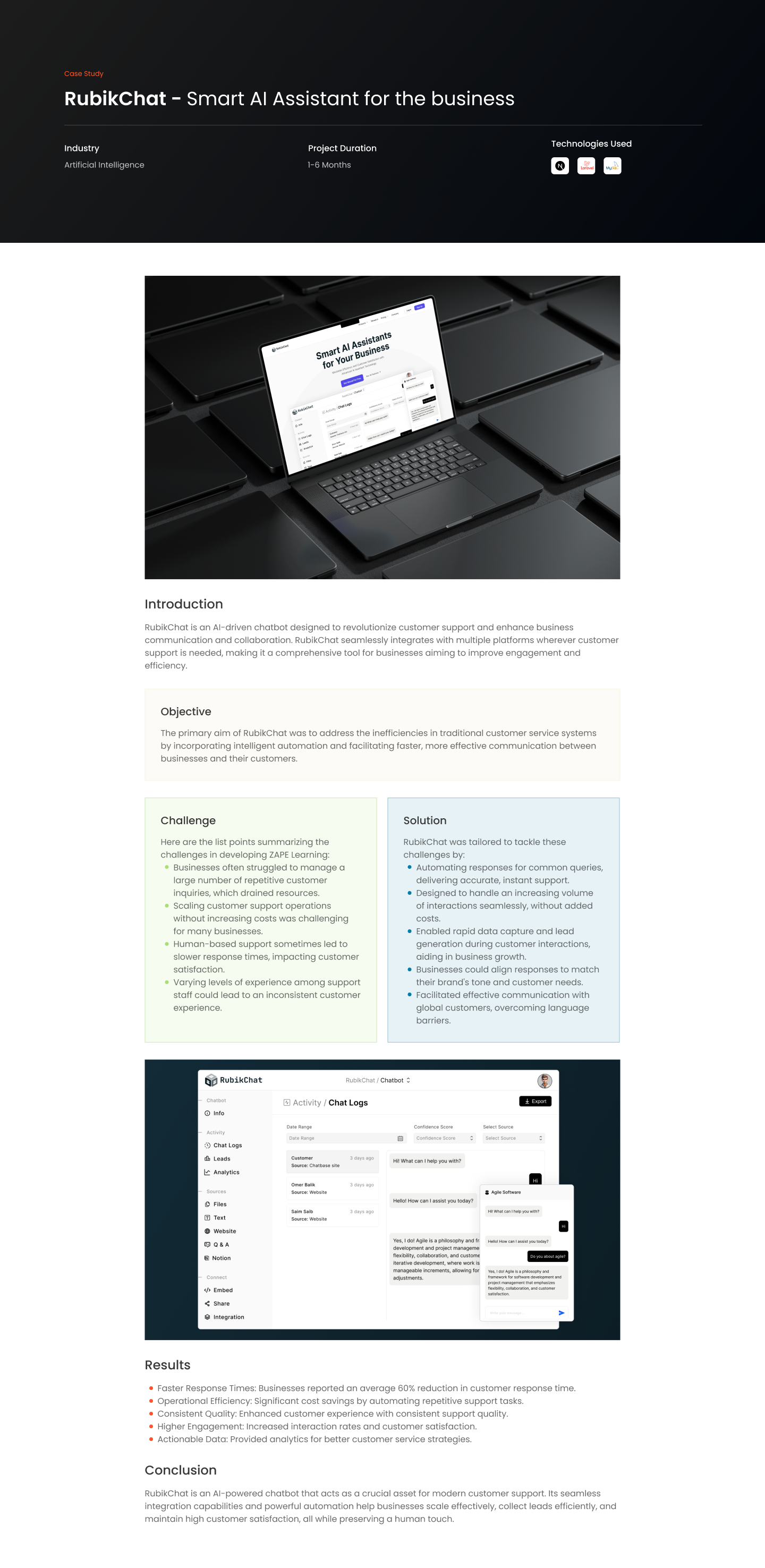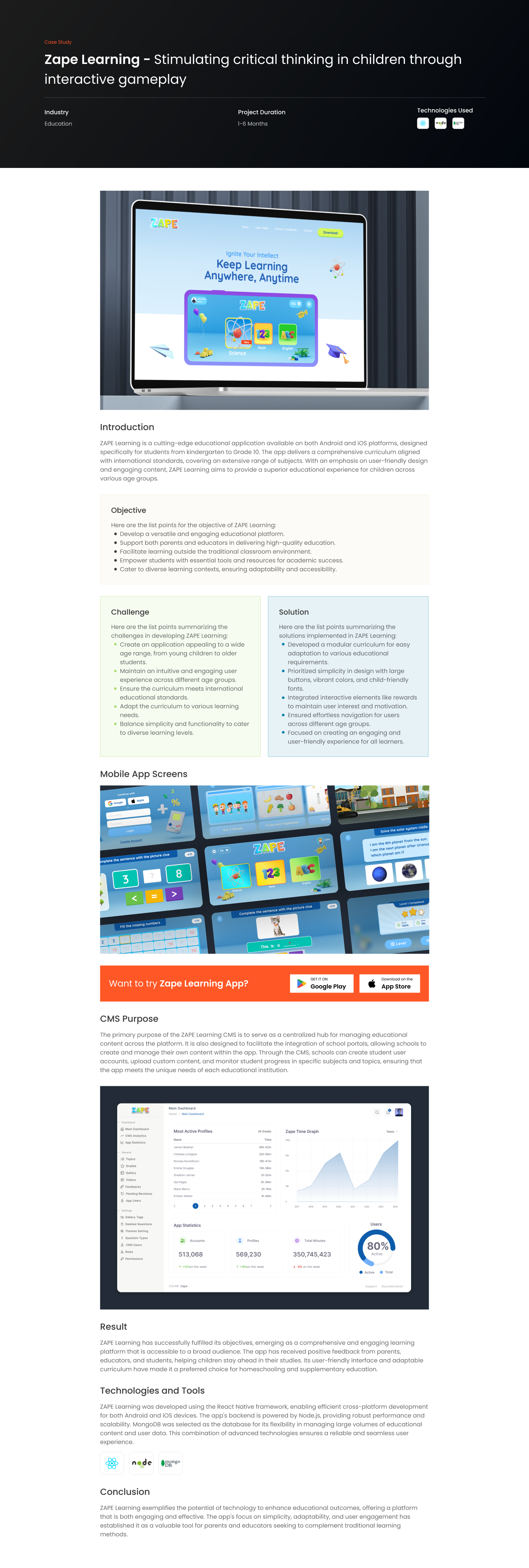Introduction
This blog will delve into the essence of cybersecurity, examining its importance, key challenges, and the strategies employed to safeguard data in our increasingly connected world. Whether you’re a business leader, IT professional, or simply a user of technology, understanding the nuances of cybersecurity is crucial for navigating the digital age.
What is Cybersecurity?
Cybersecurity involves the practice of protecting systems, networks, and programs from digital attacks. These cyberattacks are usually aimed at accessing, changing, or destroying sensitive information, extorting money from users, or interrupting normal business processes.
Key Aspects of Cybersecurity
1. Network Security: Protects network traffic by controlling incoming and outgoing connections to prevent threats from entering or spreading on the network.
2. Information Security: Protects the integrity and privacy of data, both in storage and in transit.
3. Application Security: Focuses on keeping software and devices free of threats. A compromised application could provide access to the data its designed to protect.
4. Operational Security: Includes the processes and decisions for handling and protecting data assets.
5. Disaster Recovery and Business Continuity: Defines how an organization responds to a cybersecurity incident or any other event that causes the loss of operation
Challenges in Cybersecurity
1. Rapidly Evolving Threats: The cybersecurity landscape is constantly changing, with new threats emerging regularly.
2. Resource Constraints: Many organizations struggle with limited budgets and expertise in the field of cybersecurity.
3. Increasing Sophistication of Attackers: Cybercriminals are continually enhancing their tactics and techniques.
4. Compliance and Regulatory Requirements: Navigating the complex landscape of legal and regulatory requirements can be challenging.
Cybersecurity is not just an IT issue but a broad challenge that affects every level of an organization and society. In the digital era, being proactive in cybersecurity practices is not just advisable; it’s essential.
Future of Machine Learning
The future of Machine Learning holds immense potential. With advancements like deep learning, quantum machine learning, and the integration of AI in various sectors, ML is set to revolutionize the way we interact with technology and process information.
Further Reading and Exploration
1. Advanced Cybersecurity Technologies: Learn about emerging technologies like AI in cybersecurity, blockchain for security, and advanced cryptographic techniques.
2. Cybersecurity in Various Industries: Explore how cybersecurity strategies differ across sectors like finance, healthcare, and government.
3. Ethical Hacking and Penetration Testing: Delve into the world of ethical hacking to understand how testing defenses is key to improving security.
4. Cybersecurity Laws and Compliance: Study the legal aspects of cybersecurity, including GDPR, HIPAA, and other regulatory frameworks.
5. Future Trends in Cybersecurity: Stay informed about the future directions and innovations in
cybersecurity, such as quantum computing and IoT security.










